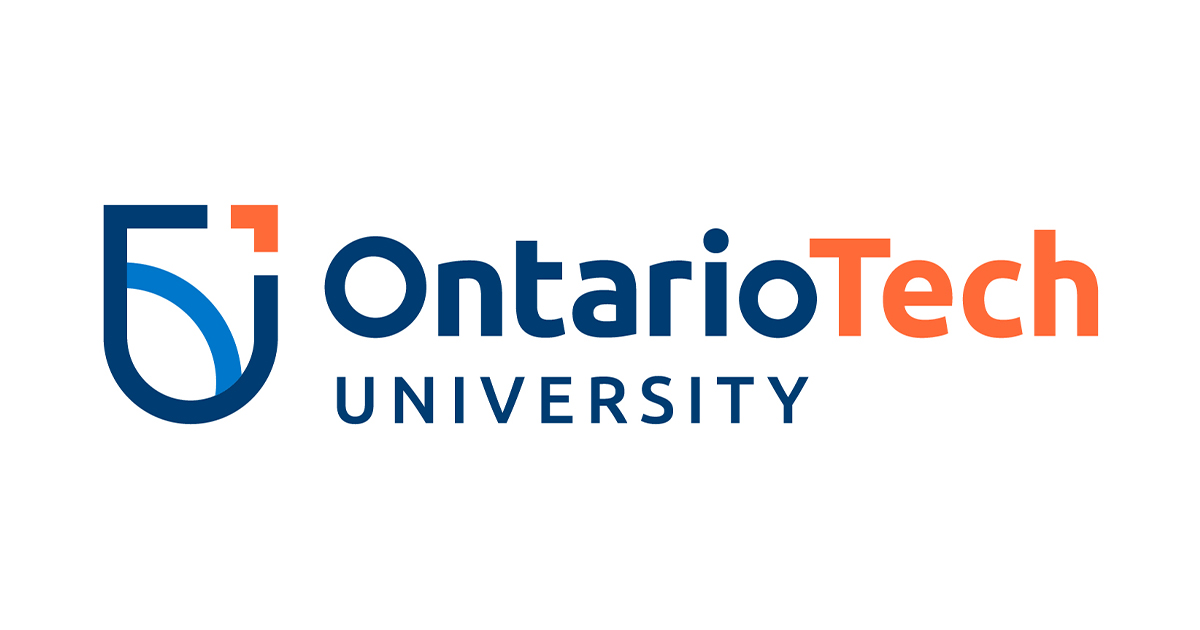Assessments in Hybrid Courses
Hybrid courses integrate face-to-face and online instruction, giving you the opportunity to leverage learning technologies in the classroom. Take advantage of this instructional modality to make assessments an iterative process.
Start by considering how you will integrate technology into the classroom. There are many tools available at Ontario Tech University; find those that fit your level of technical expertise and support the learning objectives of your lessons and course. Next, you should consider the learning strategies and assessment styles you will employ. Active learning strategies can be easily adapted to a hybrid learning environment and have been shown to be more effective at promoting learners’ understanding and content retention. Authentic assessments mimic the work that learners will encounter in the real world and gives them an opportunity to track their progress and improve their skills throughout the course.
Regardless of the assessment strategy being used, it is important to clearly define and communicate criteria and expectations. O’Reilly and Kelly (2008) recommend eight elements to include in assessment instructions:
- Assessment title, consistent with the title provided in the syllabus
- Learning outcome that is relevant, specific and achievable
- Grading criteria, including a rubric
- Assessment due date, including time zone
- Level of group participation (individual assessment, group assessment, etc.)
- Submission details, including the file format and dropbox details
- Formatting details, including citation style, word/page limit, etc.
- Supporting resources or documents required for assignment completion
References
O’Reilly, D., & Kelly, K. (2008). Assessment and Evaluation. In Commonwealth of Learning Education for a Digital World: Advice, Guidelines, and Effective Practice from around the Globe (pp. 213–244).
https://uwaterloo.ca/centre-for-teaching-excellence/support/blended-learning
